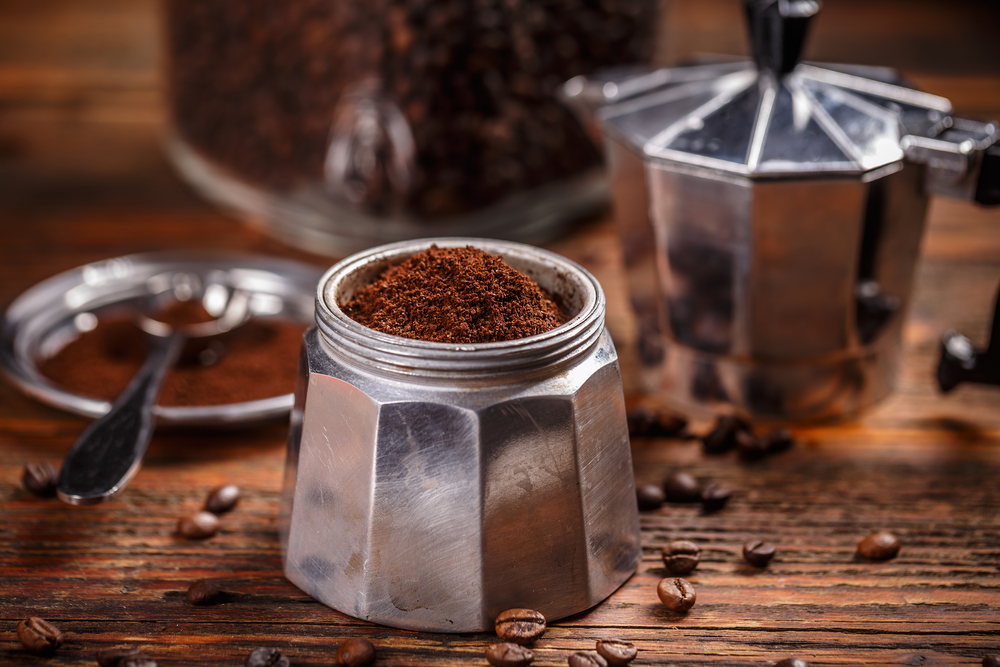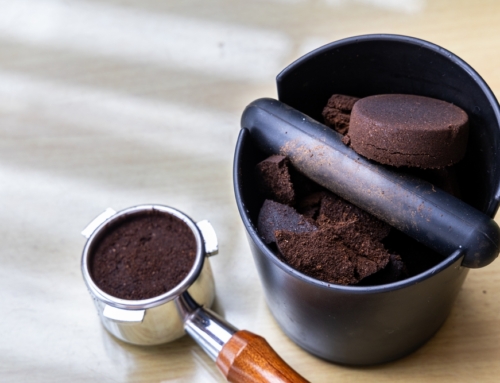The Moka pot is a timeless piece of coffee equipment favored by coffee enthusiasts who appreciate a robust brew without the complexity of modern espresso machines. This stovetop coffee maker, originally designed in Italy, has become a staple in households worldwide, known for producing strong, rich coffee with ease. Here’s a comprehensive guide to understanding and mastering the Moka pot.
Understanding the Moka Pot
A Moka pot consists of three main parts: the bottom chamber for water, the middle filter basket for coffee, and the top chamber where the brewed coffee ends up. The device uses steam pressure from boiling water to pass through ground coffee to produce coffee that is often compared to espresso in terms of taste and strength.
Selecting Coffee for Moka Pot
The best coffee for a Moka pot is typically a medium to dark roast, as the robust flavors of these roasts complement the intense extraction process. When choosing coffee for Moka pot, opt for beans that offer a balance of flavor and acidity to withstand the brewing temperature and pressure.
Coffee Grind for Moka Pot
The Moka pot coffee grind size is crucial for achieving the perfect brew. The coffee should be ground slightly coarser than espresso but finer than you would use for a drip coffee maker. A coffee grind for Moka pot should feel like fine table salt, providing enough resistance to water to create a rich brew without causing a blockage.

Moka Pot Coffee Ratio and Brewing
To make coffee in a Moka pot, you need to get the coffee to water ratio Moka pot correct. A general guideline is to use a 1:7 coffee to water ratio, which means about 22 grams of coffee for a 3-cup Moka pot. For larger pots, a 6 cup Moka pot requires about 30-35 grams of coffee. These measurements ensure that the coffee is neither too weak nor excessively strong.
Brewing Process: How to Use a Moka Pot
- Fill the Bottom Chamber: Pour hot water into the bottom chamber up to the safety valve to expedite the brewing process and preserve the coffee’s flavors.
- Add Coffee to the Basket: Fill the filter basket with the ground coffee for Moka pot, leveling it off without tamping down.
- Assemble and Heat: Screw the top and bottom chambers together tightly. Place the Moka pot on a stove over low to medium heat.
- Wait for the Coffee: The coffee will begin to emerge in the top chamber with a gurgling sound. Once the bubbling sounds diminish, take the Moka pot off the heat.
- Serve Immediately: Pour the coffee into cups immediately to prevent over-extraction, which can lead to bitterness.
Moka Pot Coffee vs Espresso
Moka pot coffee is often likened to espresso due to its concentrated flavor and rich body. However, Moka pot coffee vs espresso differs primarily in texture and intensity, as the Moka pot brews at a lower pressure, resulting in a somewhat lighter body compared to the traditional espresso shot.
Tips and Tricks for Mastering Moka Pot Coffee
- Preheat the water before adding it to the Moka pot to reduce the coffee’s exposure to excessive heat, which can alter its flavor.
- Experiment with the grind size: If your coffee tastes too bitter, try a coarser grind; if it’s too weak, go finer.
- Clean thoroughly: Ensure all coffee oils and residues are cleaned after each use to maintain the best flavor.
Moka Pot Coffee Recipes
Expand your coffee repertoire with Moka pot coffee recipes such as adding spices like cinnamon or nutmeg directly into the coffee grounds for a flavored brew, or making a Moka pot latte by adding steamed milk to the brewed coffee.
Conclusion
The Moka pot is an excellent tool for brewing rich, flavorful coffee. It combines simplicity with the ability to produce a brew that stands close to an espresso. With practice and precision, the Moka pot can become your go-to coffee maker, delivering consistently delightful coffee every morning.













